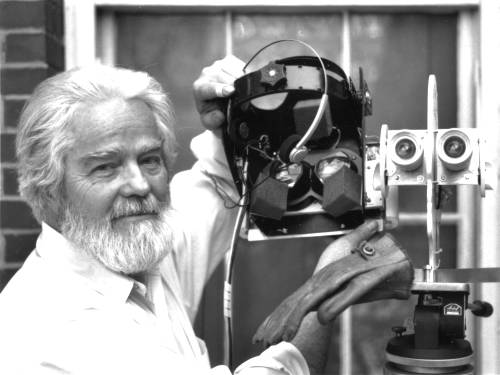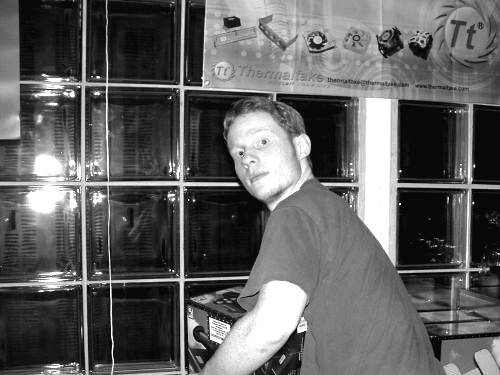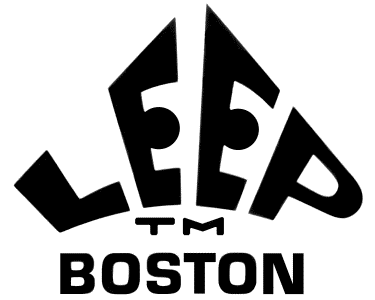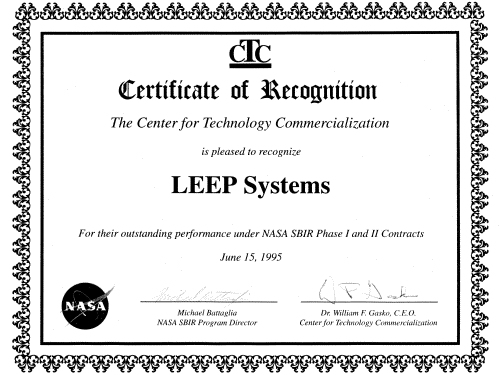About The People Behind LeepVR
Eric Howlett

Eric Howlett created the LEEP Panoramic Stereo Photography system. He pursued careers in engineering, as a marketing executive and as an entrepreneur, founding several companies — all in the Boston technology milieu. In the early 1980's, he invented the LEEP system, which has become the basis of VR imaging. He was a well-known pioneer of the VR industry, and delivered many talks and invited papers on wide angle stereoscopic video imagery. Over the course of 50 years, as founder and senior technologist of several technology-based companies, as project engineer for General Electric Heavy Military Electronics Division, and as Engineering Manager for Adage, Inc., Mr. Howlett has managed a broad range of design and development projects while continuing to make his own contributions. He has an ScB in Physics from M.I.T.
Mr. Howlett has been called "...a backbone of the [virtual reality] industry." by Matrix Information Systems because of his invention of the optical system used in essentially all of the original VR head-mounted displays. A selection of Mr. Howlett's earlier papers, talks and publications follows:
- Howlett, Eric M. U.S. Patent Number 4406532 "Wide Angle Color Photography Method and System" September 27, 1983
- POP-OPTIX LABS "How Aberrations of the Film Image are Used to Neutralize Lateral Color and Distortion in the Magnifiers of the LEEP System of Ultra Wide Angle Stereophotography" 37th Annual Conference of the Society of Photographic Scientists and Engineers, Boston May 20-24, 1984.
- "Very Wide Angle Stereoscopy" Ultravision Technology Corporation.
- "Wide Angle Orthostereo" SPIE conference proceedings, Santa Clara CA, Feb. 1990.
- "Virtual Reality - A Brand New Medium", Address to the Boston Computer Society, September 1990.
- "Orthospace Projection Using Various Computer Platforms", Presentation at the SPIE Conference on Display Technology, San Jose CA, February 1991. (with D.A. Smith and C.M. Galinsky).
- "The Reality of Virtual Reality", Dinner address for the Association for Women in Computing, Boston, March 19, 1991.
- "Virtual Reality", Conference Panel, Electronic Imaging International, Society for Information Display, Boston, October 1991.
- "A wide Field-of View High Resolution Compact Virtual Reality Display" presentation and paper for the Society of Information Display, Boston, May 1992
- "The Promise of Virtual Reality," Luncheon address for the IEEE Custom Integrated Circuits Conference, Boston, May, 1992.
- "The Need for Realism in Virtual Reality" Presentation to the Committee on Virtual Reality Research and Development of the National Acadamy of Sciences, Washington, D.C. April, 1993
- "Experiments With Tomorrow: Virtual Reality" Workshop Presentation, Build Boston '93 and Boston Society of Architects
- "Virtual Interfaces to Virtual Worlds (Head-Mounted-Displays)" Session Chair, Virtual Reality Systems VR Fall '93
- "How Today's Virtual Reality can Shape the Future" Proceedings of Virtual Reality Systems 493
- "CYBERFACE" Exhibit and Presentation for NASA Center for Technlogy Commercialization, July 1995
- "Technology in Trade Show Management" Speaker at Babson/Brandeis Executive Seminar on International Trade, March 1996
Alex Howlett

Son of Eric, Alex Howlett is a software developer who, unlike many people, is perfectly content to sit for 12 hours in front of a computer screen. Inspired at a young age by his father's, optimism, intelligence and use of technology, Alex took on the challenges of learning software, language, and mathematics. At the age of 11, he discovered The C Programming Language on a bookshelf and read it cover to cover. From then on, he was hooked.
During his early career, Alex never forgot how significant his father's creation really was. Determined to see LEEP technology revolutionize immersive interactivity, Alex teamed up with his father to co-found LeepVR with the goal of bringing about the next generation of LEEP.
LEEP and the Virtual Reality Standard

By the 1990s, LEEP Systems (formerly POP-OPTIX LABS) had for almost ten years been the foremost authority on the capture and reproduction of life-sized, stereoscopic, wide angle visual environments. We were the sole source of the required optics and photographic systems. LEEP Systems' products have been used as research tools in a number of government and academic laboratories.
In 1985 Dr. Michael McGreevy and Scott Fisher and their associates at NASA Ames Research Center began using the LEEP very wide angle optics in their pioneering head-mounted-displays that "immerse the user" in a computer-generated Virtual Reality. Inspired by their example (and the publicity they garnered), others, including A.F.I.T. (Air Force Institute of Technology), Autodesk, M.I.T., University of North Carolina and VPL Research began using the LEEP optics in experimental systems and in products. In fact, LEEP optics were "...used in essentially all AR head-mounted displays" (AR for Artificial Reality) according to a 1989 Dataquest Research Newsletter, "Virtual Reality: The Next User Interface." (See also the Matrix Information Systems industry report "Virtual Reality- The Next Revolution in Human/Computer Interface" for a fuller and slightly more recent treatment.)
In 1988 because NASA and a sensory research group at M.I.T. asked for them, we designed very wide angle LEEP format lenses for video cameras. Very wide angle telepresence was then possible. In March of 1989 LEEP Systems became the first to offer a commercial head-mounted display, which was essentially identical to that in the NASA "VIEWS" (Virtual Interface Environment Work Station).
Shortly thereafter VPL Research, the firm that had introduced the "Data Glove", put together a color HMD using our optics, which they eventually marketed as the "Eyephone". The system suffered from a limited field of view and poorer resolution compared with the Cyberface, but for years it was the only color LCD head-mounted display.
The year 1992 brought an end to the need for compromise with the release of the Cyberface2 which supported full RGB and a 20° to 30° wider field of view than its predecessors. The Cyberface 2 included a matching wide angle puppet head and optical means for deriving a properly formatted signal from a monitor, which we called "The Orthoscreen."

Starting in the mid-1980s, the LEEP lenses became the gold standard of wide angle viewing systems for Virtual Reality, and they seem to be that still. In the '90s, LEEP Systems developed the Cyberface3 and The Virtual Orbiter, and won a NASA SBIR contract to design a remote helicopter piloting system using a wide angle Virtual Reality HMD. A notable feature was optical inserts to give the pilot on the ground a high resolution central field of view. The design required four gimbal-mounted cameras in the helicopter and four LCDs in the HMD. In 1994 Eric Howlett's immersion in the optics and physiology of wide angle bore sudden fruit in the astonishing invention we now call Videowrap.
